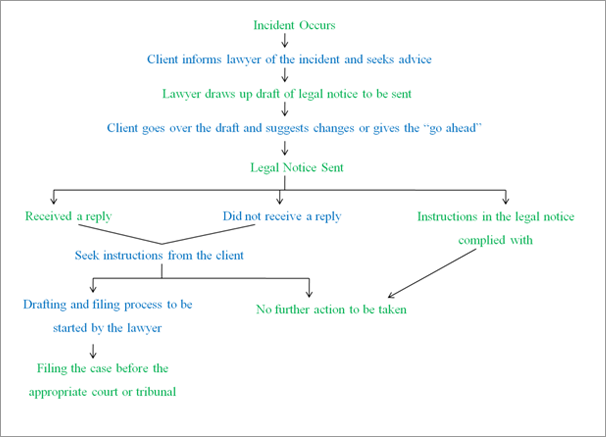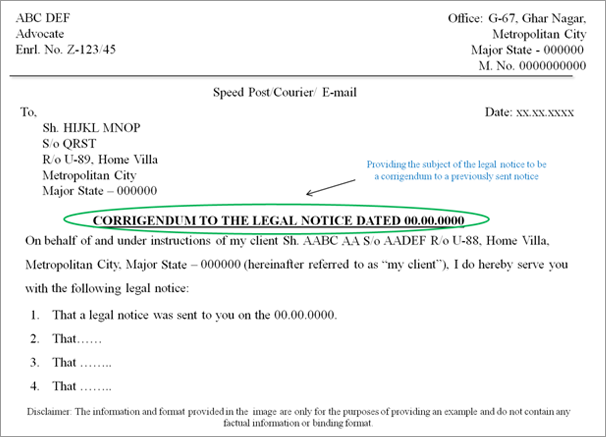An explanation into the process of ways for managing a legal notice through its life-cycle.
Legal notices are a significant first step taken while initiating legal proceedings in a matter. They require a lot of work as the contents of the legal notice form the basis of the proceedings that will be brought before the appropriate court of law. The facts relayed, remedy sought, the law relied upon for such remedy, and the action warned, are all crucial elements of the legal notice that continue to be crucial during legal proceedings before the appropriate court of law.
The process of a legal notice, along with keeping tabs on the timeline of the legal notice as required by the law, sending replies to a legal notice received or any corrections/additions to the legal notice previously sent etc. are all elements that form crucial factors in the management of legal notices. These factors at times are so crucial that they have the influence to limit the scope of remedy the client can seek before the court of law.
The Process Of A Legal Notice
The cycle of a legal notice starts from the incident occurring. The client then contacts their lawyer for advice, and depending upon the nature of the incident, the lawyer draws up a draft legal notice. This draft notice is then sent to the client for a look-over. Once the lawyer receives the final “good to go” from the client, the legal notice is sent. Here, the incident that occurs, can also be the receipt of a legal notice by the client as well. Many times, lawyers don’t send the legal notice for the final go ahead for various reasons which range from legal notice’s “legal” language to language barrier itself, and many more.
This is then followed by whether the lawyer or the client has received a reply or not, or whether the instructions in the legal notice have been complied with or not. Where there is a reply, depending on the nature and facts of the circumstances, the lawyer might send a reply to the reply received. This may be replaced with seeking instructions from the client whether to proceed with the further process of the legal proceedings or to not take any further action. This is also the process followed in the event of no reply received. If the instructions of the client are to proceed with the legal proceedings, the lawyer then starts the drafting and filing process of the appropriate legal proceedings before the applicable court/tribunal.

Adhering to the Timeline
Every legal notice has to follow a set timeline laid down for it. Some legal notices are strictly, and even statutorily time bound. Where, the timeline is not statutorily dictated, the timeline that the sender of the legal notice have themselves put in the legal notice, needs to be complied with in the same strict sense. If the sender does not comply with the timeline, not only would it be considered that the sender themselves have lost interest in pursuing the matter, it may also result in limiting the remedies the sender may be able to seek.
A very common practice of keeping the timeline tracked and complied with is the addition of the required details in the advocate’s diary, and following up from there. The tech era has also brought forward the option of setting up calendar alerts on devices. The advanced tech era has brought more and more software products that help in managing the required timeline. All of which signify the importance of complying with the time limit of legal notices.
Sending a Corrigendum
A corrigendum to a legal notice is sent when there is any correction or additional details required to be sent with reference to a legal notice previously sent. We are all human and though uncommon, it is a possibility that there is an error in the legal notice sent that has to be corrected in order to be able to seek the desired remedy before the court of law. In such instances one simply writes at the subject “Corrigendum to the Legal Notice Dt. 00.00.0000” and thereafter follows the format of legal notice to add the additional details in the body.

Conclusion
It is henceforth safe to conclude that managing legal notices properly are of significant importance. They are the first in line of many necessary steps for initiating appropriate legal proceedings before the court of law. They form the basis of the kind of action the sender can initiate and the remedies that they can seek. The timeline to be followed also heavily influences the kind of action that may be brought and the kind of remedy that may be sought before the appropriate court of law.